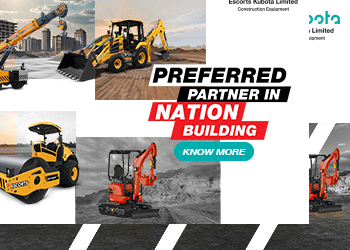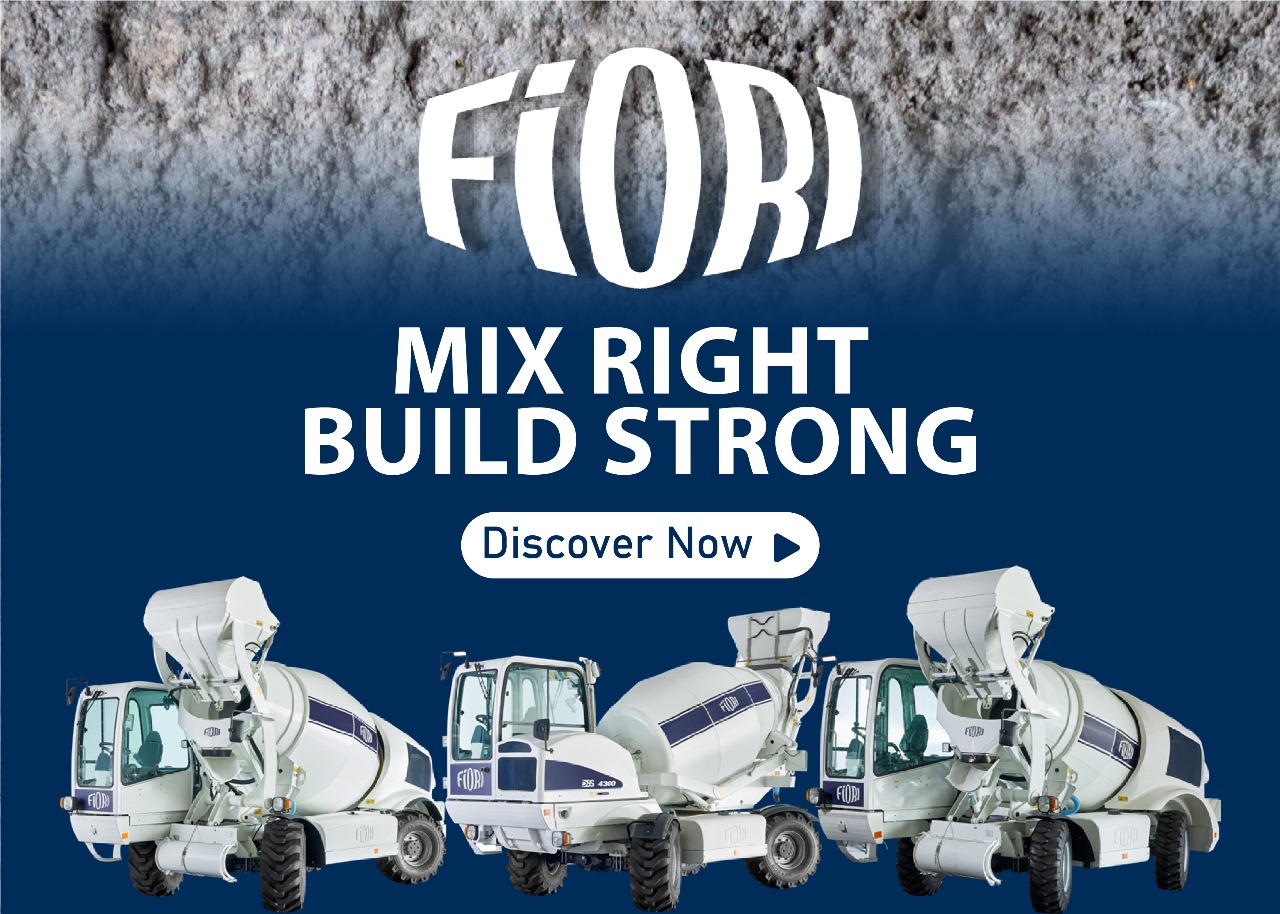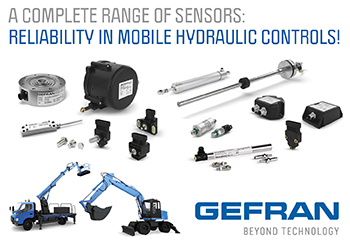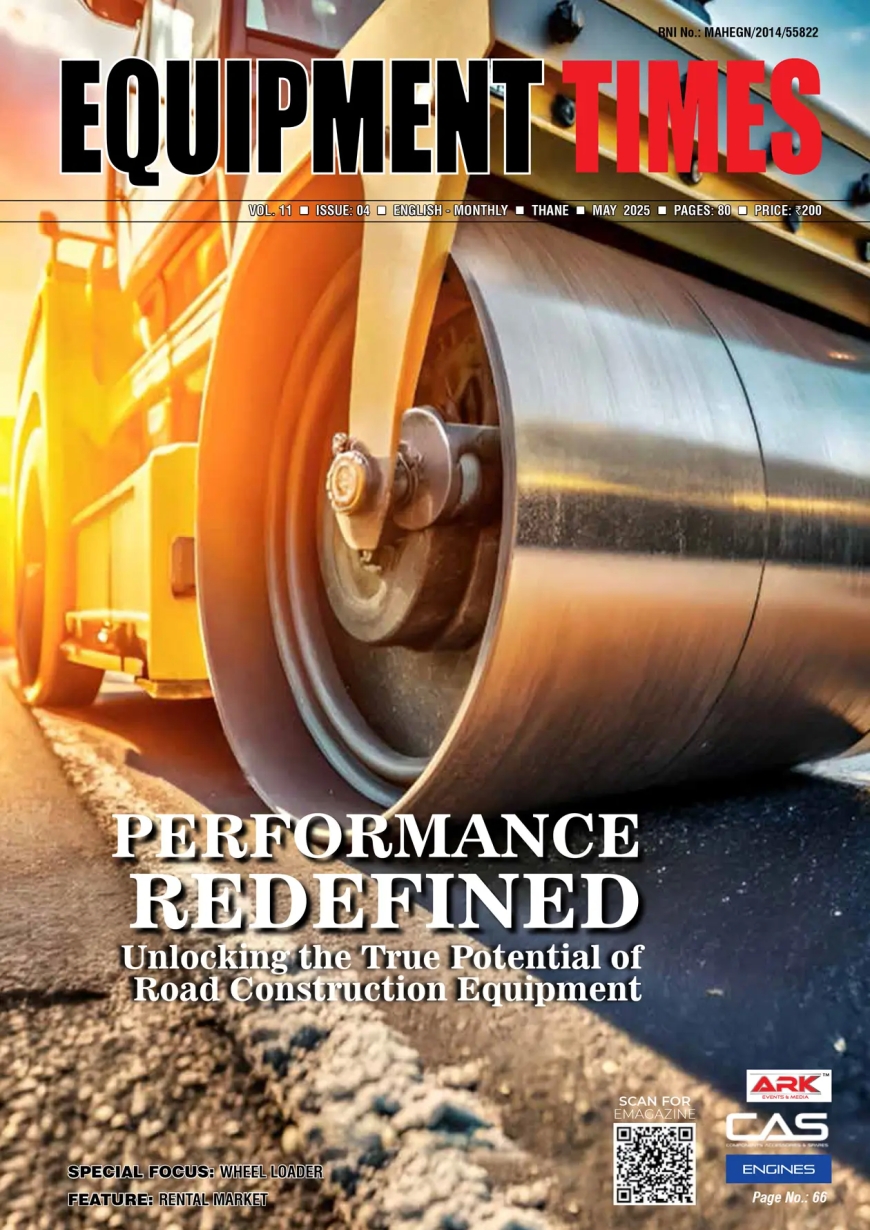Our focus in the hydraulic cylinders segment is on those used in backhoes, skid steers, and mobile cranes.
At Wheels India, we have a dedicated division called Construction and Equipment, which manufactures steel wheels, hydraulic cylinders, axle shafts, and fabrications.

Arun Prasad Rangarajan
Deputy General Manager, PD & Sales, Hydraulic Cylinder & Axle Shaft, Wheels India
What are the key product lines for construction applications?
At Wheels India, we have a dedicated division called Construction and Equipment, which manufactures steel wheels, hydraulic cylinders, axle shafts, and fabrications. In terms of fabrication, we produce complete truck bodies for major OEMs like Caterpillar, as well as cabins and buckets for excavators and backhoe loaders.
At Bharat Mobility Expo, what are your key areas of focus, and what sets you apart here?
We are showcasing hydraulic cylinders and wheels, both of which are integral to the construction equipment sector. In the wheel segment, we are already well-established, while our hydraulic business began in 2010 under the name Sundaram Hydraulics. This division merged with Wheels India in 2023, and we are experiencing rapid growth in the hydraulic cylinder market, a topic frequently highlighted by our Managing Director in interviews. We are targeting a growth rate of 30 to 40% annually. Being part of a larger company allows us to scale up quickly in terms of resources and manpower.
Our focus in the hydraulic cylinders segment is on those used in backhoes, skid steers, and mobile cranes. For backhoes, we manufacture cylinders for approximately 500 machines, covering components like loaders, stabilizers, and more—essentially producing all 12 cylinders required for these machines. Currently, we produce around 12,000 cylinders per month, and we expect to reach 16,000 cylinders per month by June.

How do you view the importance of this exhibition in highlighting mobility, particularly in relation to equipment and the broader construction sector?
Our primary objective for participating in this exhibition is to increase visibility for our hydraulic cylinder business. While Wheels India is well-known for its wheels, not many people are aware of our cylinder business. This is a B2B segment where we directly engage with OEMs. Even within OEM companies, there are often very few people who are familiar with our company or the full scope of our product offerings. This exhibition provides an excellent opportunity for us to raise awareness, communicate with industry professionals, and showcase what we do.
In the current hydraulic industry, many companies still import components such as transmission and hydraulic parts. What is your perspective on the potential for Make in India products in this space?
We are currently exporting to eight countries, including China, where we ship axles, as well as to Thailand, France, Brazil, the US, and South Korea for cylinders. Our products are recognized globally for their quality and competitive pricing, which has helped us establish a strong position in the global market. In fact, this recognition contributed to our 30% growth last year. The global market holds significant potential, and we are confident about future opportunities.
However, there are challenges, particularly with input costs, especially in steel. One area where we still rely on imports is hydraulic seals. These seals are primarily sourced from Europe and, in some cases, from China—though even the Chinese suppliers are often European companies sourcing from there. We are actively exploring ways to increase domestic manufacturing, and there are positive signs, such as Freudenberg establishing a facility in Chennai and Hallite producing specific varieties of seals in Bangalore. Nevertheless, the complete range of technology-specific seals that we require for our products is still not available in India, and we continue to import them.
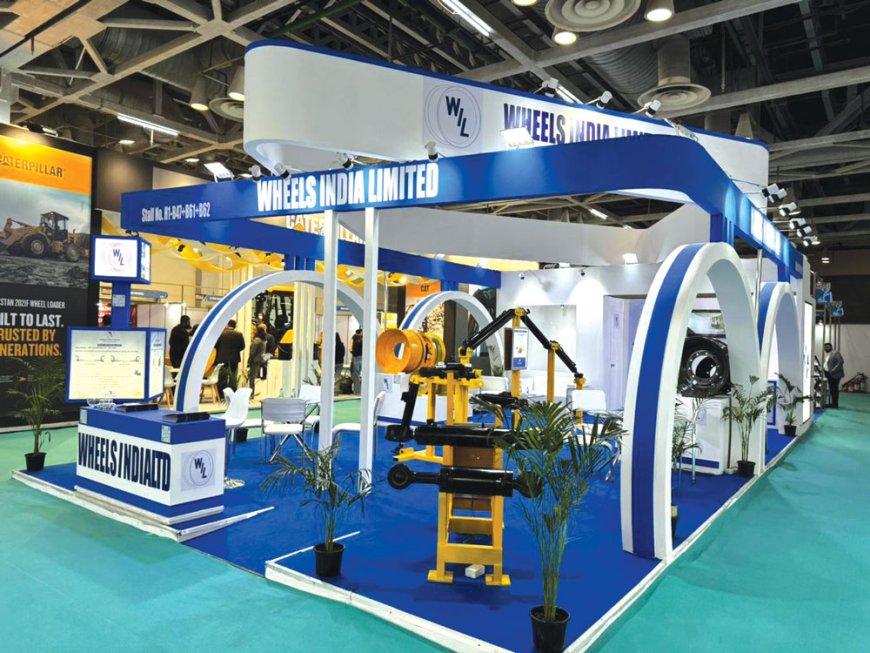
Regarding hydraulic cylinders, precision is key. How do you achieve this?
We collaborate with leading OEMs worldwide, each with their own stringent standards. By designing our processes to meet these standards, our quality naturally aligns with international benchmarks. We have conducted benchmarking audits with major OEMs to compare our facility with their internal operations. Over time, the shift is occurring. Many of the products they once manufactured or imported into India are now being produced locally, with quality on par with international standards.
How many manufacturing facilities?
We have one manufacturing facility for hydraulic cylinders located in Sriperumbudr, about 40 km from Chennai, and one for fabrication. For wheels, we operate multiple facilities.
What are your plans for the upcoming year? With the new financial year and budget approaching, how do you foresee the year ahead?
On the Hydraulics side, we are targeting a 10-15% growth in the upcoming financial year. However, in more mature markets, we are seeing a slight decline globally, which may slightly impact our overall performance. Nevertheless, a 10-15% growth in India appears to be a realistic goal.
Do you have any specific plans beyond the general ones?
We have established an axle shaft line capable of manufacturing shafts up to 3.5 meters, which will cater to 240-ton dump trucks. Additionally, we are expanding our hydraulic cylinder production capacity from 14,000 to 20,000 units per month by June of this year. This is why we anticipate utilizing 80% of our current capacity right away, with further expansion planned based on business growth.





